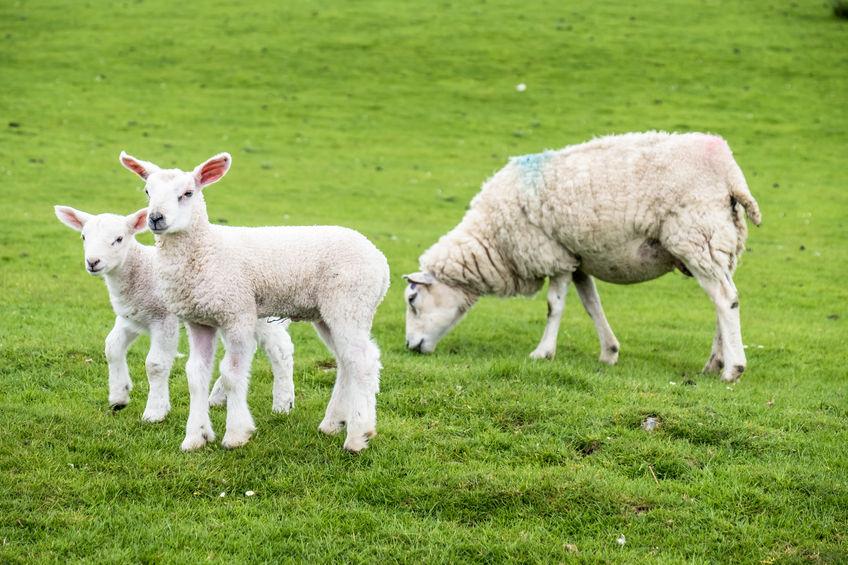
The overall risk of liver fluke is low in the UK, with the exception of south west Scotland which has been classified as ‘medium’, forecasts show.
The National Animal Disease Information Service (NADIS) forecast is based on rainfall and temperature data from May to October 2018.
However, local conditions may still allow fluke and its intermediate host to develop to levels that pose a threat to cattle and sheep.
Animal health organisation Boehringer Ingelheim has now urged farmers to be vigilant while looking for signs of fluke infection and have contingency plans in place to deal with any outbreak.
Fluke can affect both sheep and cattle, but sheep are at greater risk of the severe clinical disease associated with heavy infections of migrating juvenile larvae. Furthermore, where pasture is grazed by both species, cross infection can occur.
Cattle with chronic infections, associated with the presence of mature fluke in the bile ducts of the liver, may show no obvious signs, but fertility and productivity may both be impaired.
In addition, a fluke infection can make stock vulnerable to other conditions such as Black disease which can be fatal.
Boehringer Ingelheim Ruminant Technical Manager, Sioned Timothy, said: “Routine clostridial vaccination can help prevent Black disease and should be considered if not already in place. If in doubt, farmers should consult their vet who can provide guidance of the full range of diagnostic and, if necessary, treatment options.”
